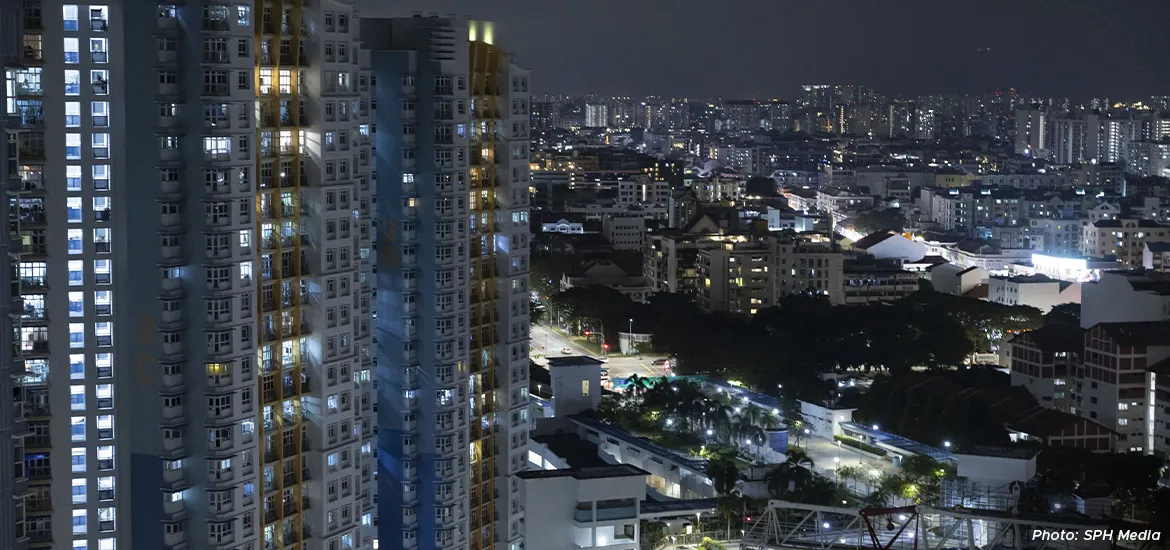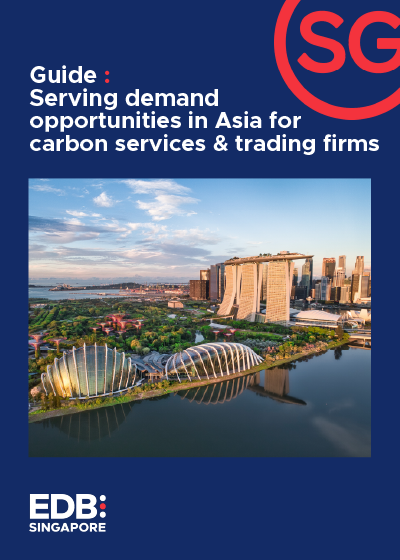Singapore is considering all possible options to reduce emissions from its carbon-intensive energy sector.
But some technologies, such as those relating to hydrogen, geothermal, and carbon capture, need more time to mature before they become viable for the country.
In his first interview as Singapore’s Minister-in-charge of Energy and Science & Technology, Dr Tan See Leng spoke at length on some of these areas, and how Singapore is pushing ahead with research and development on these fronts.
“It is hard to commit today to hydrogen, carbon capture, or for that matter, geothermal, because at this particular point in time, we don’t have enough details yet,” he said.
“But we are relentless in our pursuit for research and development, so we have scholars all over to look at which is the cutting-edge technology... Even if we cannot be a first mover in some of it, we want to be the fastest adopter.”
Dr Tan said Singapore will spare no effort in ensuring that the nation achieves its target of net-zero emissions by 2050.
“At the same time, we want... all the different supply pathways to be resilient and affordable. I think that is the key and objective,” he said.







